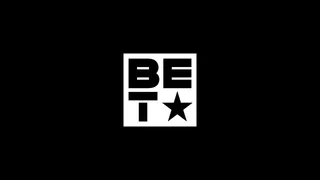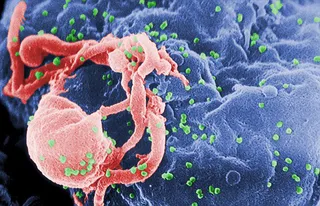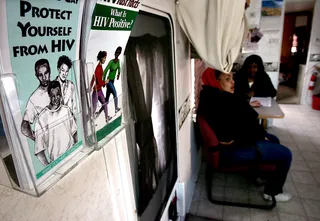Facts and Figures About HIV/AIDS
On World AIDS Day, learn how you can help raise awareness.

1 / 10
Raising Awareness - Since 1988, the World AIDS Day campaign dedicates one day each year to uniting the world in the fight against HIV/AIDS as well as commemorate the lives of those who have passed away from the disease. Keep reading to learn more about World AIDS Day, which is celebrated on Dec. 1, and how you can get involved. – Britt Middleton (Photo: Win McNamee/Getty Images)

2 / 10
What is HIV/AIDS? - Acquired Immunodeficiency Syndrome (AIDS) is the final stage of an HIV infection that causes severe damage to the immune system and makes it more difficult to fight certain infections and cancers. An estimated 33 million people are currently living with AIDS globally. (Photo: WikiCommons)
Photo By Photo: WikiCommons

3 / 10
How is HIV/AIDS Spread? - HIV/AIDS is spread through bodily fluids during sexual contact with an infected person, but it can also be passed from an infected mother to her child or spread by sharing needles with an infected person. (Photo: Spencer Platt/Getty Images)
Photo By Spencer Platt/Getty Images

4 / 10
Additional Risk Factors - Occupational exposure (such as those who work in the health care industry) can also increase the risk of infection. Screening requirements by law make HIV transmission from blood transfusion or organ transplants very rare in the United States, according to the U.S. Department of Health. (Photo: Stephen Chernin/Getty Images)

5 / 10
The Real Impact - In the U.S., African-Americans have higher rates of HIV/AIDS infections than other racial and ethnic groups. Nearly 60 percent of new HIV infections in youth aged 13 to 24 in 2010 were in African-Americans, compared to 20 percent in Latinos and 20 percent in whites, according to the Centers for Disease Control and Prevention's November 2012 surveillance report. (Photo: AP Photo/Jacquelyn Martin, File)
ADVERTISEMENT

6 / 10
The Red Ribbon - The Red Ribbon is one of the most recognizable symbols for HIV/AIDS. The design was the brainchild of a group of New York City artists. The ribbon came to international prominence in 1991, 10 years after AIDS was first recognized by the medical industry. (Photo: WikiCommons)

7 / 10
Getting Tested - Knowing your status not only helps protect your own health, but it can also save lives by decreasing the risk of spreading HIV/AIDS to others. Click here to find a testing site near you or click here to learn more about FDA-approved at-home screening kits on the market. (Photo: AIDS-USA/ REUTERS/Mike Segar)

8 / 10
Getting Involved - The U.S. Department of Health & Human Services' Facing AIDS campaign is one way you can connect with millions of other HIV/AIDS awareness supporters on World AIDS Day. The campaign allows you to share photos and post messages of encouragement. (Photo: Courtesy of Facing AIDS)
Photo By Photo: Courtesy of Facing AIDS

9 / 10
Social Connection - You can use the hashtag "#WAD2012" to connect with other supporters on Twitter or download the free Facing AIDS campaign app, available for both iPhone and Android. Click here to learn how you can plan an awareness event in your neighborhood. (Photo: David Paul Morris/Bloomberg via Getty Images)
